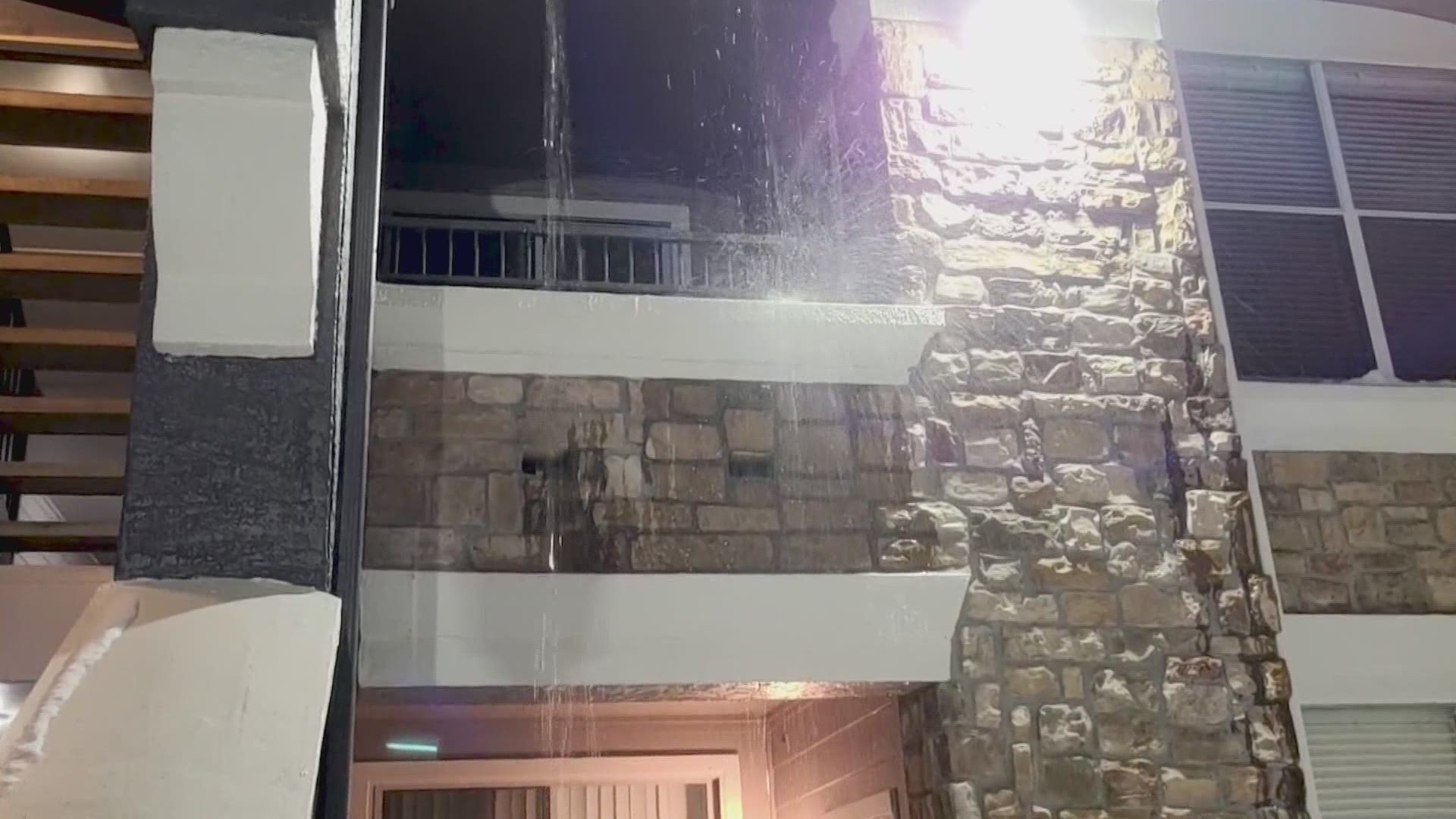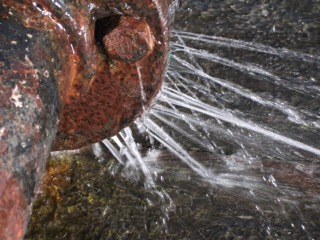Recognizing and Swiftly Fixing a Leaking Pipe: Step-by-Step
Recognizing and Swiftly Fixing a Leaking Pipe: Step-by-Step
Blog Article
The writer is making several good annotation related to How to Prepare for Your Dishwasher Installation overall in this great article in the next paragraphs.

A ruptured pipe is a significant emergency; you can just stand as you enjoy water you pay very much to rejoin with the earth. In even worse cases, you notice a swimming pool on your kitchen floor, which is a terrific trip threat, specifically if you have kids around. If the pipeline that burst was in your wall surfaces, bad news: you might need to repaint that whole section.
Exactly how can a calamity like a ruptured pipe be stopped and handled? Well, by listening to your expert emergency plumbers as well as following these policies.
How do I recognize when my pipes have ruptured?
Fluctuating water pressures
Pipelines do not just burst in a day. You might have noticed that your kitchen area faucet or shower does not run right away when you turn the faucet. It might stop briefly for a couple of secs and then blast you with more pressure than typical.
In various other circumstances, the water may seem typical initially, after that decrease in pressure after a few seconds.
Damp walls and water spots
Prior to a pipeline ruptureds, it will leak, the majority of times. If this persistent leaking goes unnoticed, the leak might finish right into a vast gouge in your pipe. One very easy way to avoid this emergency is to watch out for wet wall surfaces advertisement water spots. These water discolorations will lead you right to the leakage.
Puddles under pipes as well as sinks
When a pipeline ruptureds, the discharge forms a pool. It might show up that the pool is expanding in size, as well as regardless of the number of times you wipe the pool, in a couple of minutes, there's one more one waiting to be cleaned up. Usually, you might not be able to map the pool to any kind of noticeable pipelines. This is an indicator to call a specialist plumber.
Untraceable trickling sounds
Pipeline ruptureds can take place in one of the most undesirable locations, like within concrete, inside walls, or under sinks. When your home goes silent, you might be able to hear an irritatingly relentless leaking noise. Even after you've examined your shower head and also kitchen area tap, the dripping may continue.
Beloved viewers, the trickling might be originating from a pipe inside your wall surfaces. There isn't much you can do regarding that, except inform a specialist plumber.
Shut down the Water
When water ices up, it broadens in quantity by about 9 percent. And it increases with significant pressure: The stress inside pipelines might go from 40 pounds per square inch to 40,000 psi! No pipe can hold that much pressure, so it breaks open. The break may take place where the ice kinds, but regularly, it happens where water pressure locates a weak point in the pipeline. That might be inches and even feet from the icy location. Find the water shutoff valve and also turn off the water to stop even more damage. You may also require to turn off the electrical power too, depending upon where the leakages happens as well as exactly how large it is.
Infected water
Many people think a burst pipe is a one-way outlet. Quite the contrary. As water spurts of the hole or laceration in your plumbing system, pollutants find their method.
Your water may be contaminated from the resource, so if you can, check if your water container has any kind of issues. However, if your alcohol consumption water is supplied and also cleansed by the local government, you must call your plumber right away if you see or scent anything amusing in your water.
What do I do when I detect a burst pipe?
Your water meter will certainly continue to run also while your water wastes. To lessen your losses, find the main controls as well as transform the supply off. The water mains are an above-ground framework beside your home.
How to Fix & Detect a Leaking Pipe
How Do I Know if a Pipe is Leaking?
Leak detection tests can help you determine if your pipe has a leak. Even if you don’t see an apparent leak, you should still conduct leak detection tests regularly to save water and money—and prevent major damage to your home.
Water meter. It can be helpful to figure out what your usual water meter usage numbers are and then monitor them regularly. To monitor your meter, first, turn off all water faucets in your home. Check the meter and write down the numbers. In a few hours, check the meter again. If the numbers have changed, you have a leak. Water gauge. Use a water gauge to test your water pressure. Your showerhead should produce a certain amount of water pressure based on its model and design. If the pressure is lower than it is supposed to be for that specific showerhead, your home likely has a leak. Puddles. Look inside your bathroom, laundry, and kitchen sink cabinets. Puddles around the cabinets or around toilets, tubs, showers, and washing machines indicate the presence of a leaking pipe. You may also notice loose tiles, peeling or flaking paint, or mold caused by water accumulation. Napkin test. Even if you don’t see any puddles, you may still have a leak. You can test for water leaks in the bathroom, laundry, and kitchen by wiping below-sink connections with a napkin, paper towel, or piece of toilet paper. If it becomes damp, you probably have a leaking pipe under the sink. Discolored walls. Walls that are discolored—usually with brown or yellow stains—or bulging might mean that they have been impacted by water damage caused by a leaking pipe. Smell. A leaky pipe will create sitting water, and over time, that water may develop a musty smell. If your home smells musty, but you can’t locate the source, it may be due to a leak. Steps for Fixing a Leaking Pipe
A leaky drain can be remedied by tightening the pipe base, replacing the drain seal, caulking the rim, and tightening the pipe nut. Similarly, a leaking toilet pipe can be treated by tightening the packing nut. You may also need to replace the valve. A leaky faucet may just need tightening or replacement of the washers. If that doesn’t work, consider replacing your faucet. If your pipe has a hole in it, you may want to use a pipe leak sealer or pipe leak tape. This quick fix for water pipe leaks can also temporarily fix a copper pipe leak. https://www.ahs.com/home-matters/quick-tips/how-to-tell-if-pipes-are-leaking/

We were shown that write-up about How to Install and Connect a New Dishwasher from a good friend on our other website. You should set aside a second to distribute this blog post if you enjoyed it. Thanks a bunch for your time. Visit us again soon.
Set Up An Appointment Report this page